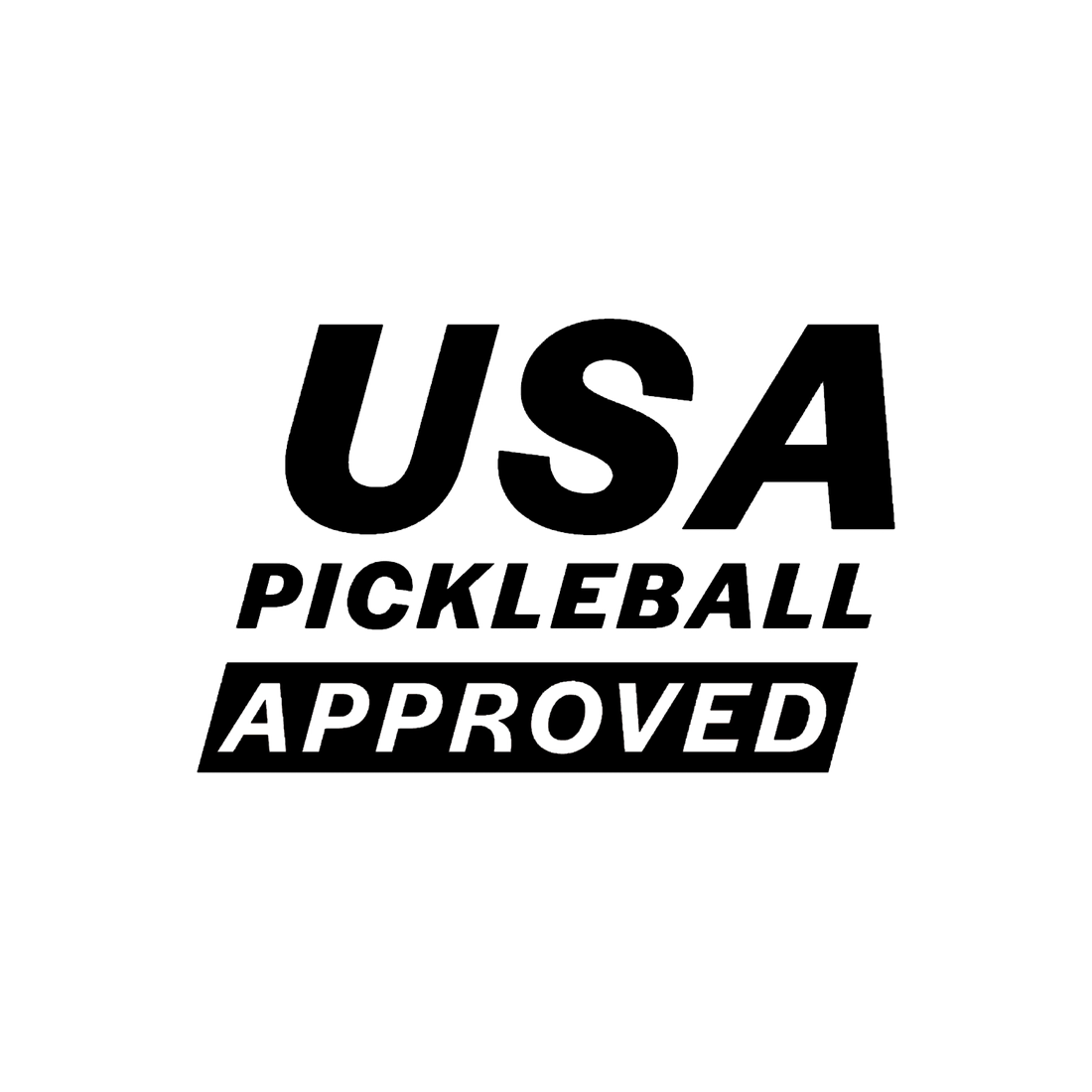Revision 11/06/23
Technical brief – Acoustic program;
I. Description/Objectives
II. Categorization of tournament certified equipment III. Categorization “Quiet Category”
IV. Testing fees
V. Test configuration
I. Background/Objectives
As you are aware, the press in North America continues to focus on the sport's unique acoustic profile, with several municipalities folding under the pressure from a few outspoken residents to avoid ongoing conflict, even though the local ordinances may be met. This is high on our agenda to address as a potential barrier to growth - as a result we have been researching methods to better understand this sport's acoustic profile, with equipment as well as with noise propagation in outdoor environments. The learnings during this process have been considerable and have driven the new Quiet Category. In addition to this category, we’ve also developed thoroughly researched thresholds for current certified equipment, with a long term development incentive to encourage quieter equipment.
The following thresholds have been developed by PSM LLC, a team of credentialed engineers focused on this sport.
II. Categorization of “noise reduced” tournament certified equipment
Below are targets for certified paddles that will be classified as "Noise Reduced" , likely adopted by concerned Home Owner Associations or municipalities wanting to impose some type of equipment restriction to a facility in a specific location. This designation will have no impact regarding the use of certified paddles in competition that fall above these thresholds today.
1. LZpeak under 115.0 dBA (Where Z denotes the full audio spectrum)
2. LAFmax under 85.0 dBA (Where A denotes the “A Weighted” frequency response)
3. All 1/3 Octave RTA bar display components are under 77 dB in amplitude and 1/48 octave components are below 70 dB.
4. The 1/3 Octave RTA bar display components under 1,000 Hz should be dominant compared to amplitudes above 1,000 Hz.
5. The amplitude of the time domain waveform should decay to 1/3 amplitude in under 3 milliseconds
We will introduce an incentive in late Q4 for paddles that meet both existing certification standards and deliver a LAFmax of <83 dBA, with the 1/3 Octave RTA bar display components under 800 Hz dominant compared to amplitudes above 800 Hz. Paddles submitted prior to the announced incentive that meet this threshold will receive appropriate credit.
III. Categorization “Quiet Category”
Specifications to receive “Quiet Category” Certification:
Acoustic performance thresholds
as confirmed by testing process below
as confirmed by testing process below
Current competition specifications apply per NTS testing protocols. Specification relief may be applied to attain this “quiet” certification per the following exceptions, however if this relief is applied , the paddle will NOT receive “USA Pickleball Approved” certification enabling use in sanctioned competition:
Paddles:
Surface roughness test may not applicable; where CoF <.2, this is sole friction related test
Deflection <.008” with an increased preload to 10 lbs.
Holes may penetrate the paddle’s hitting surface, not to exceed .100" . Edges need to be smoothly finished.
All other rules apply per the current standards.
Pricing and promotion
To encourage development in this area, USA Pickleball is reducing licensing and testing fees for products in the Quiet Category that require specification relief.
Paddles that are submitted for this category are only subject to a $750 testing/licensing fee through January 2024. We will re-evaluate the pricing at that time.
Paddles that meet Quiet Category or “Noise reduced” specifications will receive visibility and promotion on USA Pickleball’s digital and print platforms.
Contact equipment@usapickleball.org for the official Quiet Category seal.
</=80 dBA
</=600Hz
IV. Test configuration
The test platform uses open source REW software, a calibrated mic, and an anechoic test cell with ball drop per the diagram below (inches). The test cell is enclosed with acoustic tiles or facsimile. Calibration adjustments can be made to a reference paddle's specification provided by PSM.
The ball used for these tests is the Franklin X-40. Temperature within the lab shall be 65-72F, with test balls normalized in this environment.
https://www.roomeqwizard.com/ https://www.daytonaudio.com/product/1116/umm-6-usb-measurement-microphone

